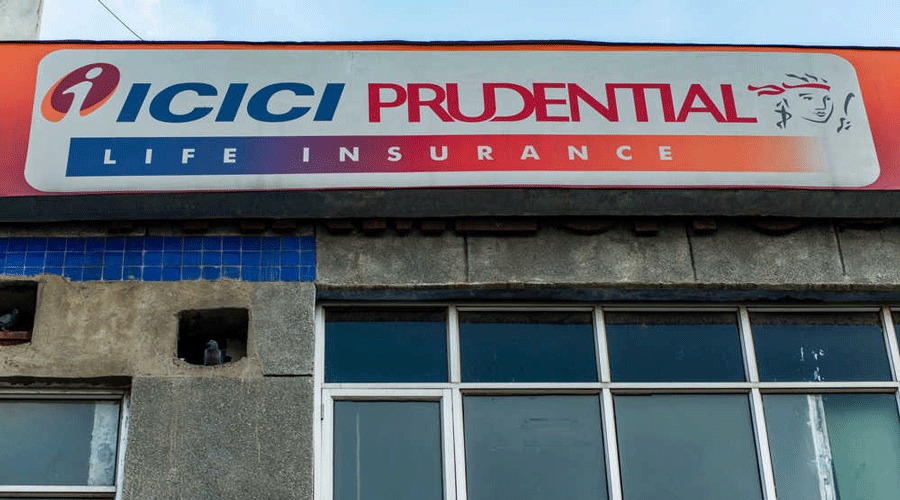16 Jul , 2025 By : Debdeep Gupta

Shares of ICICI Prudential fell 4 percent to Rs 643 per share on July 16 as the company reported a decline in annualised premium equivalent (APE) growth, short-term persistency ratios, and investment income. Brokerages were not impressed by the June quarter results but expressed hope that higher traction in non-linked products could support profitability in the future.
So far this year, the life insurer’s stock has slipped 0.6 percent, underperforming the Nifty 50 benchmark index, which has gained 5 percent in the same period.
Morgan Stanley maintained an "Equal-Weight" rating on ICICI Prudential Life with a target price of Rs 625 per share. It highlighted muted APE growth, weak persistency, a sharp drop in annuity APE, and margin pressure as negatives.
On the positive side, the brokerage noted strong growth in protection business and effective cost control. VNB margin came in at 24.5 percent, close to their estimate of 24 percent. However, lower product margins despite a higher protection mix was flagged as a concern. Morgan Stanley forecasted 8 percent APE and VNB growth for FY26 and 13 percent VNB growth for FY27.
Motilal Oswal, on the other hand, reiterated its "buy" rating on the stock with a target price of Rs 780 per share. It expects that operating leverage, continued cost optimisation, better traction in non-linked products, and improved product-level margins will support profitability going forward.
While analysts kept its APE growth estimates unchanged for FY26 and FY27, it raised VNB margin estimates by 100 basis points for both years, factoring in the Q1 FY26 performance.
ICICI Prudential reported a 34.2 percent year-on-year increase in net profit at Rs 302 crore for the June quarter, up from Rs 225 crore in the same period last year. However, the value of new business (VNB) declined slightly to Rs 457 crore from Rs 472 crore in Q1 FY25. The VNB margin improved to 24.5 percent from 24 percent.
APE fell 5 percent year-on-year to Rs 1,864 crore, impacted by a 9.5 percent drop in savings APE.
On the persistency front, the 13th-month persistency (by premium) declined to 80.8 percent from 85.7 percent in Q1 FY25. On the other hand, longer-term persistency improved: the 25th-month ratio rose to 82.5 percent from 79.5 percent, and the 49th-month ratio improved to 69.8 percent from 68.2 percent.
0 Comment